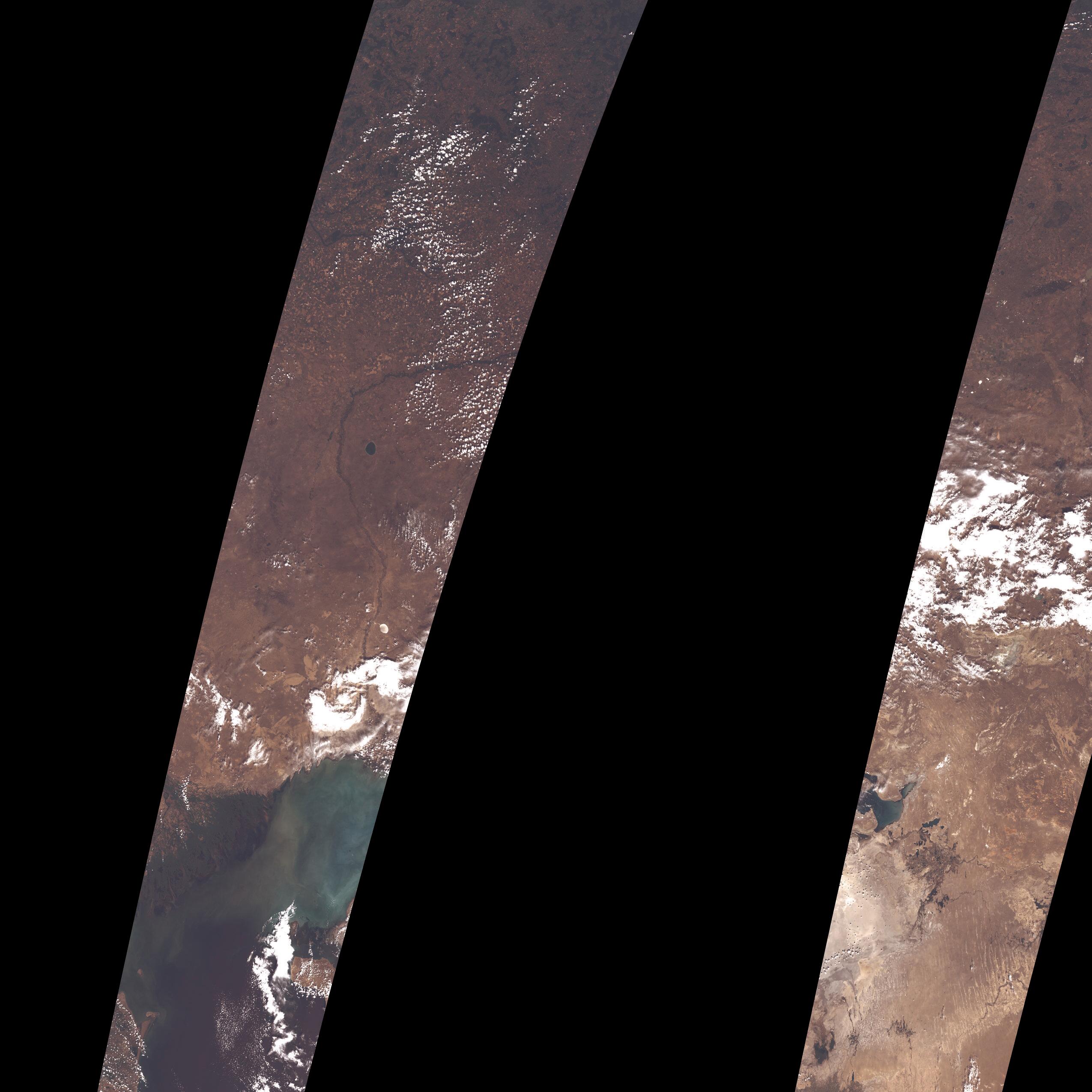I want to get large image as one image.
Question:
bbox = [7200979.560689886, 7514065.628545968, 5009377.085697314, 5322463.153553395]
bbox = BBox(bbox=bbox, crs=CRS.POP_WEB)
bbox = bbox.transform(crs=CRS.WGS84)
wms_request = WmsRequest(
layer=‘TRUE_COLOR’,
bbox=_bbox,
width=512,
height=512,
maxcc=0.3,
custom_url_params={
CustomUrlParam.SHOWLOGO: False,
},
image_format=MimeType.JPG,
config=config)
Get large area as one image
Enter your E-mail address. We'll send you an e-mail with instructions to reset your password.


